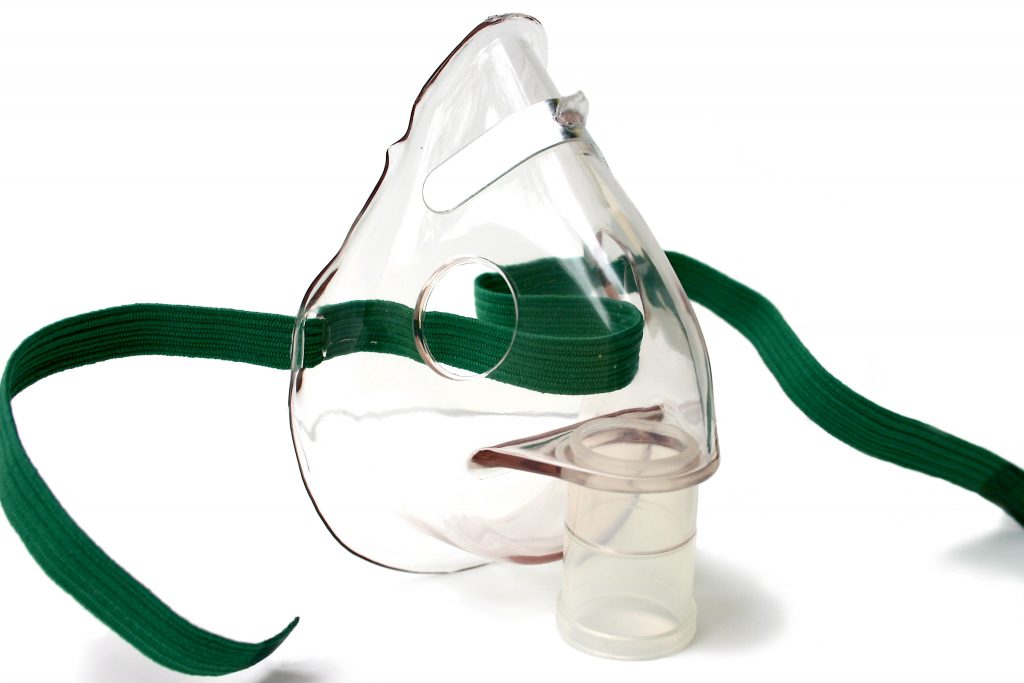Here is list of standards on Environmental Economics Including Sustainable Development that were updated in the first quarter of 2020. For a complete list of standards got here.
- BS-EN-45552 (2020 Edition) – General method for the assessment of the durability of energy-related products
- BS-ISO/IEC-21972 (2020 Edition) – Information technology. Upper level ontology for smart city indicators
- BS-ISO-37155-1 (2020 Edition) – Framework for integration and operation of smart community infrastructures
- BS-ISO-37161 (2020 Edition) – Smart community infrastructures. Guidance on smart transportation for energy saving in transportation services
- ISO/IEC-21972 (1st Edition) – Information technology – Upper level ontology for smart city indicators
- ISO-14008 SPANISH (1st Edition) – Monetary valuation of environmental impacts and related environmental aspects (Standard in Spanish)
- ISO-22370 (1st Edition) – Security and resilience – Urban resilience – Framework and principles
- ISO-37155-1 (1st Edition) – Framework for integration and operation of smart community infrastructures – Part 1: Recommendations for considering opportunities and challenges from interactions in smart community infrastructures from relevant aspects through the life cycle
- ISO-37156 (1st Edition) – Smart community infrastructures – Guidelines on data exchange and sharing for smart community infrastructures
- ISO-37161 (1st Edition) – Smart community infrastructures – Guidance on smart transportation for energy saving in transportation services
- ISO-37162 (1st Edition) – Smart community infrastructures – Smart transportation for newly developing areas
- PD-ISO-22370 (2020 Edition) – Security and resilience. Urban resilience. Framework and principles
- PD-ISO-26030 (2019 Edition) – Social responsibility and sustainable development. Guidance on using ISO 26000:2010 in the food chain
- SS-EN-45555 (2020 Edition) – Social responsibility and sustainable development. Guidance on using ISO 26000:2010 in the food chain
- SS-EN-ISO-21416 (2019 Edition) – Recreational diving services – Requirements and guidance on sustainable practices in recreational diving (ISO 21416:2019)
- SS-ISO-37101 (2019 Edition) – Sustainable development in communities – Management system for sustainable development – Requirements with guidance for use (ISO 37101:2016, IDT)
- SS-ISO-37104 (2019 Edition) – Sustainable cities and communities – Transforming our cities – Guidance for practical local implementation of ISO 37101 (ISO 37104:2019, IDT)
- SS-ISO-37120 (2019 Edition) – Sustainable cities and communities – Indicators for city services and quality of life (ISO 37120:2018, IDT)
You can search other standards by subject and ics code here. Don’t forget to follow us for updates on all things quality standards.
Ask about our Other services
We offer multiple services to make it easy for you to stay current so that you can focus on your projects. We will check your library and help you update the standards you use every day and even send you real time updates when they are released. For a complete list of what we have to offer, check us out here.
Don’t forget to ask us about our subscription service. With out subscription service, you don’t have to worry about:
- knowing when to update the standard, we will do it for you
- losing your copy, you can access it anytime any where on a personalized site we provide for you
- buying multiple copies for your time, we will give your whole team access to this site
We are able to offer most standards through this service. Our subscription service truly is the best and easiest way to build a standards library. To learn more and try it out, please visit our site.

